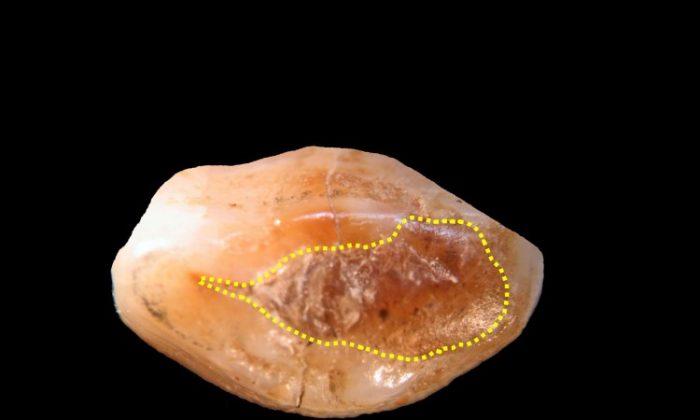[video]http://youtu.be/JGfynrsdaV0[/video]
Video Showing the Suspension’s Strange Properties (University of Chicago)
The physics has been explained behind a counter-intuitive phenomenon that has puzzled scientists since the 1930s—using large amounts of cornstarch.
Unlike normal liquids, a non-Newtonian fluid does not have a constant viscosity. Cornstarch suspended in water behaves like a solid when impacted suddenly. For example, a person can run across the liquid without sinking.
This unusual behavior is similar to the green goo called “Oobleck” as described by Dr. Seuss in his 1949 book.
Researchers at the University of Chicago used a large setup and a variety of equipment, including high-speed cameras and a cement mixer, to study this paradox.
“It’s an incredibly messy experiment,” said study co-author Scott Waitukaitis in a press release. “I have a blue jumpsuit I wear all day. When I do these experiments, I’m totally covered in cornstarch.”
When compressed, the cornstarch grains behave rather like a snowplow, Waitukaitis explained.
“We found that when you hit the suspension, a solid-like column grows below the impact site,” he said. “If I push a shovel in loose snow, a big pile of compacted snow grows out in front of the shovel, which makes it harder and harder for me to push.”
The researchers found that a metal rod initiated a kind of shock wave that that moves downward from the impacting object, transforming the liquid into a temporarily jammed or solid state.
“It essentially grows its own solid as it propagates,” said study co-author Heinrich Jaeger in the release.
The team call this process “impact-activated solidification.” They are now working with other scientists to model these moving shock fronts in more detail, and to test how altering the components in different suspensions affects the liquids’ behavior under impact.
“The feedback between the particle movements and the liquid flow makes this challenging,” Jaeger concluded. “It’s actually not at all easy to perform simulations on such a system.”
The findings were published in Nature on July 12.
The Epoch Times publishes in 35 countries and in 19 languages. Subscribe to our e-newsletter.



Friends Read Free